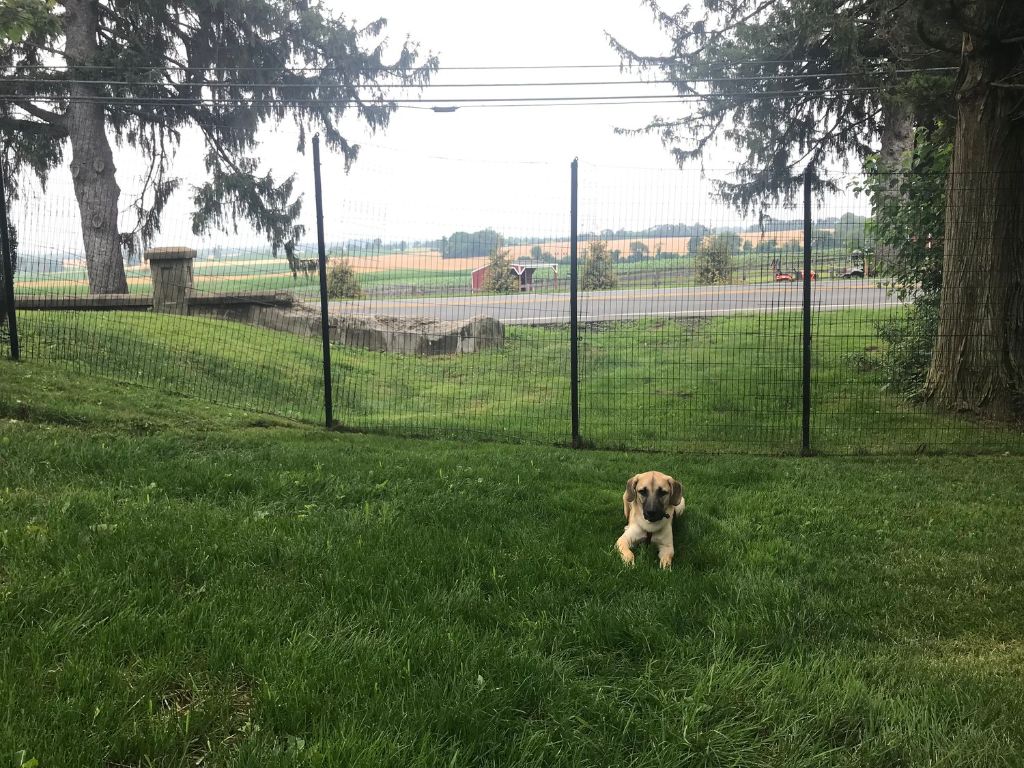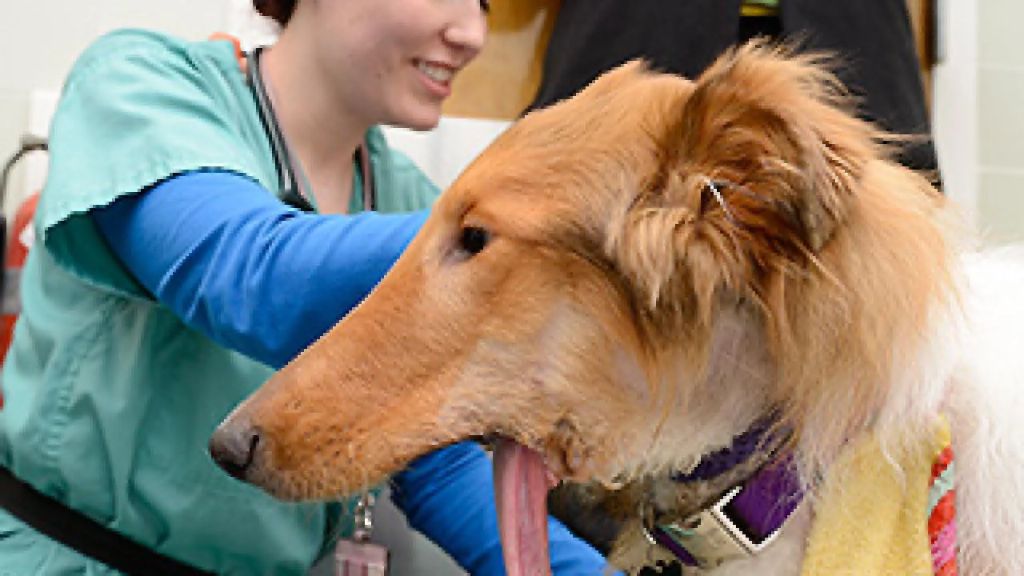Introduction
The question of whether you can or should shoot a dog chasing deer in Pennsylvania raises several important issues to consider. On one hand, dogs that are allowed to roam free and chase wildlife can cause damage to wildlife populations and ecosystems. On the other hand, shooting a dog should only be done as an absolute last resort if the dog poses an imminent threat to human life, and there are usually better alternatives to handling the situation.
The issue comes down to balancing the protection of wildlife, public safety, ethical treatment of dogs, responsible pet ownership, and legal rights of property owners. While shooting a dog chasing deer may technically be legal in some very specific circumstances in Pennsylvania, there are often more effective and safer ways to handle the situation that do not involve using lethal force against a family pet.
This article will provide an in-depth look at the laws, nuances and ethical considerations surrounding this issue in Pennsylvania, and explore the best practices for preventing dogs from chasing deer while avoiding unnecessary harm to pets and wildlife.
Legality
In Pennsylvania, it is generally illegal for a private citizen to shoot or kill a dog, even if it is chasing deer or other wildlife. The Pennsylvania Game and Wildlife Code outlines specific circumstances in which it is legal to kill wildlife, but does not authorize the killing of domesticated animals like dogs. Some key points on legality include:
– Pennsylvania law prohibits cruelty to animals, which includes unlawfully killing or maiming any domestic animal. Shooting and killing a dog could potentially violate this law, even if the dog was chasing deer at the time.
– Landowners do have the legal right to protect their property and livestock from harm. However, the threat would need to be imminent and a reasonable use of force demonstrated. It’s debatable whether shooting a dog chasing deer would meet the standards for permissible use of force and defense of property.
– Only specific individuals like law enforcement and state game wardens have legal authority to euthanize a dangerous dog. Private citizens do not have the same legal right even if a dog is endangering deer populations.
– Discharging a firearm must be done legally and safely, regardless of the intended target. Reckless use of a firearm that endangers others can violate laws.
In summary, Pennsylvania law generally prohibits private citizens from shooting dogs to protect deer or wildlife. There are very limited exceptions for imminent threats to property, livestock and human safety. Absent those special circumstances, shooting a dog chasing deer is likely illegal.
Effective Alternatives
There are several effective non-lethal alternatives to shooting dogs that are chasing deer. Using humane deterrents, training, containment, and addressing underlying causes of the behavior can stop dogs from chasing without resorting to lethal force.
A common non-lethal deterrent is citronella or pepper spray. Aiming a citronella spray at a dog chasing deer can abruptly stop the behavior without causing long-term harm. The spray interrupts the chase and dogs tend to avoid behaviors that result in the unpleasant citronella smell.
Providing more exercise, stimulation, and containment for home dogs can reduce incidences of chasing. Chasing often happens when dogs are bored and have pent up energy. Making sure your dog gets adequate walks, play time, and access to a secure fence or run can give them an outlet for energy that doesn’t involve wildlife. Additional obedience training is also helpful for gaining better verbal control over your dog’s actions.
Addressing the root causes of chasing is important as well. Dogs with high prey drives may need extra containment measures. Consulting with an animal behaviorist to understand your individual dog’s motivations can allow you to take preventative measures. Medical issues like thyroid problems could also contribute to abnormal levels of prey drive in some cases.
Using humane training and deterrents, increasing exercise and stimulation, and addressing underlying causes through consulting experts are all effective alternatives to shooting dogs who chase deer. A bit of patience, consistency and compassion can go a long way in modifying chasing behaviors for good.

Safety Concerns
Shooting a firearm in a residential area carries significant risks. Stray bullets can travel large distances and penetrate walls, endangering human lives. Even experienced marksmen cannot guarantee a shot will stop inside the intended target. Population density near suburbs means a missed shot could easily strike an unintended victim. The danger radius extends far past the property boundaries, exposing neighbors and passersby to potential harm. Wildlife may dart unpredictably or hidden obstacles can deflect bullets in unsafe directions. The inherent uncertainties make safely discharging firearms impractical in most neighborhoods. Furthermore, the loud noises will likely disturb residents and trigger calls to law enforcement. While pursuing a pet’s natural instincts, owners must exercise good judgment and caution when using firearms around homes or public areas. With numerous residences potentially affected, discharging weapons should only be considered in remote locations. Any action posing significant community dangers, however well-intentioned, faces understandable objections from one’s neighbors.
Ethical Considerations
Shooting a dog chasing deer raises significant ethical concerns from an animal welfare perspective. Dogs have complex cognitive and emotional capacities, and the capacity to suffer. Using lethal force against a dog should be an absolute last resort when no other options are available.
While stopping a dog from endangering deer is understandable, the ethical duty to prevent animal suffering should extend to dogs as well. Shooting has the potential to inflict immense fear, pain, and suffering on the dog. This may be considered a disproportionate response, as dogs are simply following natural instincts to chase.
More humane interventions should be prioritized first, such as containing the dog or using non-lethal deterrents. Shooting the dog should only be considered if it poses an immediate threat to human life and no other options are available. The ethical duty to prevent unnecessary animal suffering applies equally to dogs and deer.
From an animal welfare perspective, shooting a dog chasing deer fails to demonstrate adequate respect for the dignity and wellbeing of the dog. More compassionate solutions that consider the interests of all animals involved should be pursued.
Owner Responsibility
Pet owners have a responsibility to keep their dogs secure and prevent them from threatening or endangering wildlife. This means obeying all leash laws and other regulations regarding restraining pets. Owners who fail to properly secure their dogs can face legal penalties.
Most areas require dogs to be leashed when not on private property. Dogs should never be allowed to roam freely if they have a history of chasing wildlife. Even if not legally mandated, it’s wise to keep dogs leashed and under control in areas with deer or other animals. This protects both the pets and wildlife.
Owners must also make reasonable efforts to train their dogs not to chase after deer or other animals. Well-trained dogs can be taught not to pursue wildlife. Training aids like citronella spray collars can help curb chasing behaviors. Owners who neglect proper training are not being responsible.
It’s understandable that dogs may instinctively give chase. However, owners must take precautions to prevent this. Keeping one’s pet properly leashed and trained is key. Allowing dogs to run after deer shows negligence on the owner’s part.
Preventative Measures
When it comes to keeping deer safe and dogs contained, prevention is key. There are several effective preventative measures dog owners can take to avoid situations where their pet is chasing deer:
Install fencing – An adequate perimeter fence around your property can help keep your dog from wandering and chasing deer. 6 feet high fencing made of wood, chainlink, or wire is usually sufficient to contain most dogs. Bury part of the fence underground or add a coyote roller to prevent digging under.

Proper training – With time and consistency, dogs can be trained not to chase deer using positive reinforcement techniques. Work on “leave it” and “come” commands. Always reward calm behavior around deer. Consider working with a professional trainer for help.
Containment – When outdoors, keep dogs leashed, tethered in a safe open area, or monitored in a secure dog run or kennel. Do not rely on “shock” electronic collars as they may develop fear aggression. Use humane training devices.
Expert Opinions
Many experts in animal welfare and hunting ethics have weighed in on the complex issue of shooting dogs who are chasing deer. Here are some perspectives from relevant professionals:
“As a veterinarian, I do not recommend shooting a dog under any circumstances. There are always more humane and effective solutions to handling unwanted pet behavior. Lethal force should always be an absolute last resort when all other options have failed.” – Dr. Amanda Smith, DVM

“Hunters have an ethical obligation to avoid harming domestic animals, even if they are disruptive to wildlife. Shooting a dog should only be considered if the animal poses an imminent lethal threat, which is rarely the case.” – Kevin Watts, Hunter Education Instructor
“While chasing deer is clearly an undesirable behavior, using punishment-based techniques like shooting are not recommended by animal behaviorists. There are science-backed positive reinforcement methods to curb this behavior that do not put the dog at risk.” – Sarah Campbell, Certified Dog Trainer
Public Perception
There are strong but conflicting views on both sides of this issue. On one hand, some members of the public believe it is justified to shoot a dog who is threatening wildlife. They argue that deer and other animals being chased by dogs can experience fear, injuries or even death. Protecting local wildlife populations is an important priority. On the other hand, many animal welfare advocates argue that except in extreme cases, shooting a dog should always be an absolute last resort. They believe non-lethal deterrents should be tried first and that in many cases, the dog owner should be held responsible rather than the dog being shot. They argue that most dogs who chase deer are just exhibiting natural instincts and don’t necessarily intend to seriously harm the deer. However, some wildlife and hunting groups counter that even chasing alone can negatively impact deer populations. Overall, there are passionate views on both sides, with many seeking a reasonable compromise between wildlife protection and dog welfare.
Conclusions
In summary, while it may technically be legal to shoot a dog that is chasing deer in Pennsylvania under certain circumstances, there are several important factors to consider before taking such action. Effective deterrents like yelling or using noisemakers should be tried first to avoid unnecessary harm.

The ethical and safety concerns surrounding shooting a dog must also be carefully evaluated, as injuring a family pet or missing the target could have significant consequences. Responsible pet owners have a duty to prevent their dogs from harassing wildlife. Overall, shooting should only be considered as an absolute last resort after other preventative measures like leashing, confinement, or training have failed.
The recommendation is to thoroughly exhaust all reasonable non-lethal options before resorting to lethal force. Thoughtful analysis of the risks and ethics should guide any decision to shoot. If all alternatives are deemed ineffective, one should aim to humanely dispatch the dog and promptly inform authorities. With prudent judgment, most dog/deer conflicts can be resolved without loss of life.
